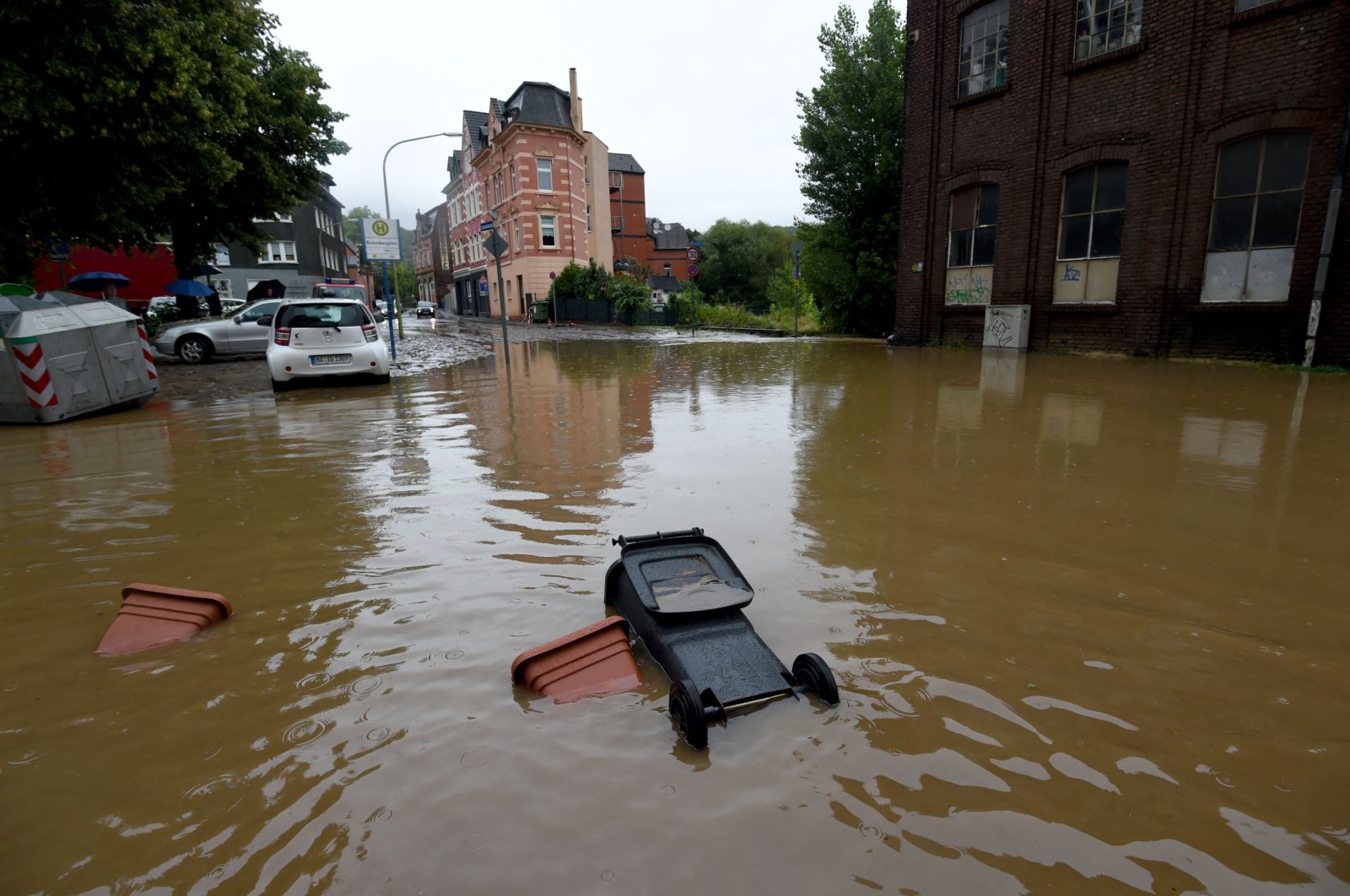

Officials fear more dams can break and are closely monitoring reservoirs in the region.īarring any more severe weather, people who evacuated the flooding in the county of Euskirchen in North Rhine-Westphalia can most likely return to their home sometime on Sunday, the county said on its Facebook page. The high waters are expected to last until Sunday evening. Dutch officials ordered the evacuation of 10,000 people in the municipality of Venlo, where the Maas river rose faster than expected. Officials have started the evacuation of about 700 residents in the Ophoven neighborhood in the city of Wassenberg. (Sebastian Schmitt/dpa via AP) Sebastian Schmitt/APĪ dam along the river Rur in the western German state of North Rhine-Westphalia broke Friday night, according to the regional government. Scientists say flash floods of the kind seen in Germany and Belgium two years ago, which killed more than 220 people and caused billions of euros in damage, will become more likely as the planet warms.A regional train sits in the flood waters at the local station in Kordel, Germany, Thursday Jafter it was flooded by the high waters of the Kyll river. California and the United States West sloshed their way from a record-setting megadrought to at least a dozen atmospheric rivers dousing the region with so much rain that a long-dormant lake reappeared. Italy is far from alone in lurching from dry to deluge.

We like to rebuild more than to prevent,” he told Sky TG24. “We are not a nation inclined to prevention. The key going forward is prevention, he said, acknowledging that’s not an easy sell due to costs. He said those changes were necessary to prevent the types of floods that have left entire towns swamped with mud after two dozen rivers burst their banks. “Everything must change: the programming in hydraulic infrastructures must change, the engineering approach must change.”

“We can’t just pretend that nothing is happening,” he said Thursday. He cited a fierce storm-triggered landslide last fall on the southern island of Ischia, off Naples, that left 12 dead. And in the last two years, we have had very little snow.”Ĭivil Protection Minister Nello Musumeci said the new normal of extreme weather events in the Mediterranean requires Italians to adapt and Italy to rethink its flood protections nationwide. “So the drought is not necessarily compensated for by these extreme rains,” he said, “Because in northern Italy, the drought depends more on snow being stored in the Alps than on rain. They cannot recover even when it rains because the ground is essentially “impermeable” and the rain just washes over the topsoil and out to the sea, Pasini said. Without that normal snowfall in the mountains, plains have gone dry and riverbeds, lakes and reservoirs have receded. Melting snow from the Alps, Dolomites and Apennines normally provides the steady runoff through spring and summer that fills Italy’s lakes, irrigates the agricultural heartland and keeps the Po and other key rivers and tributaries flowing. Italy’s north has been parched by two years of drought, thanks to less-than-average snowfall during the winter months. “These are events that developed with persistence and are classified as rare,” Fabrizio Curcio, the head of Italy’s Civil Protection Agency, told reporters. Its location between the Apennine mountains and the Adriatic Sea trapped the weather system this week that dumped half the average annual amount of rain in 36 hours. The hard-hit Emilia-Romagna region was particularly vulnerable. In a changing climate, more rain is coming, but it’s falling on fewer days in less useful and more dangerous downpours. The coastal region of Emilia-Romagna was struck twice, first by heavy rain two weeks ago on drought-parched ground that could not absorb it, causing rivers to overflow overnight, followed by this week’s deluge that killed 14 and caused damages estimated in the billions of euros. ROME - The floods that sent rivers of mud tearing through towns in Italy’s northeast are another drenching dose of climate change’s all-or-nothing weather extremes, something that has been happening around the globe, scientists say. By Paolo Santalucia, Seth Borenstein and Nicole Winfield | Associated Press


 0 kommentar(er)
0 kommentar(er)
